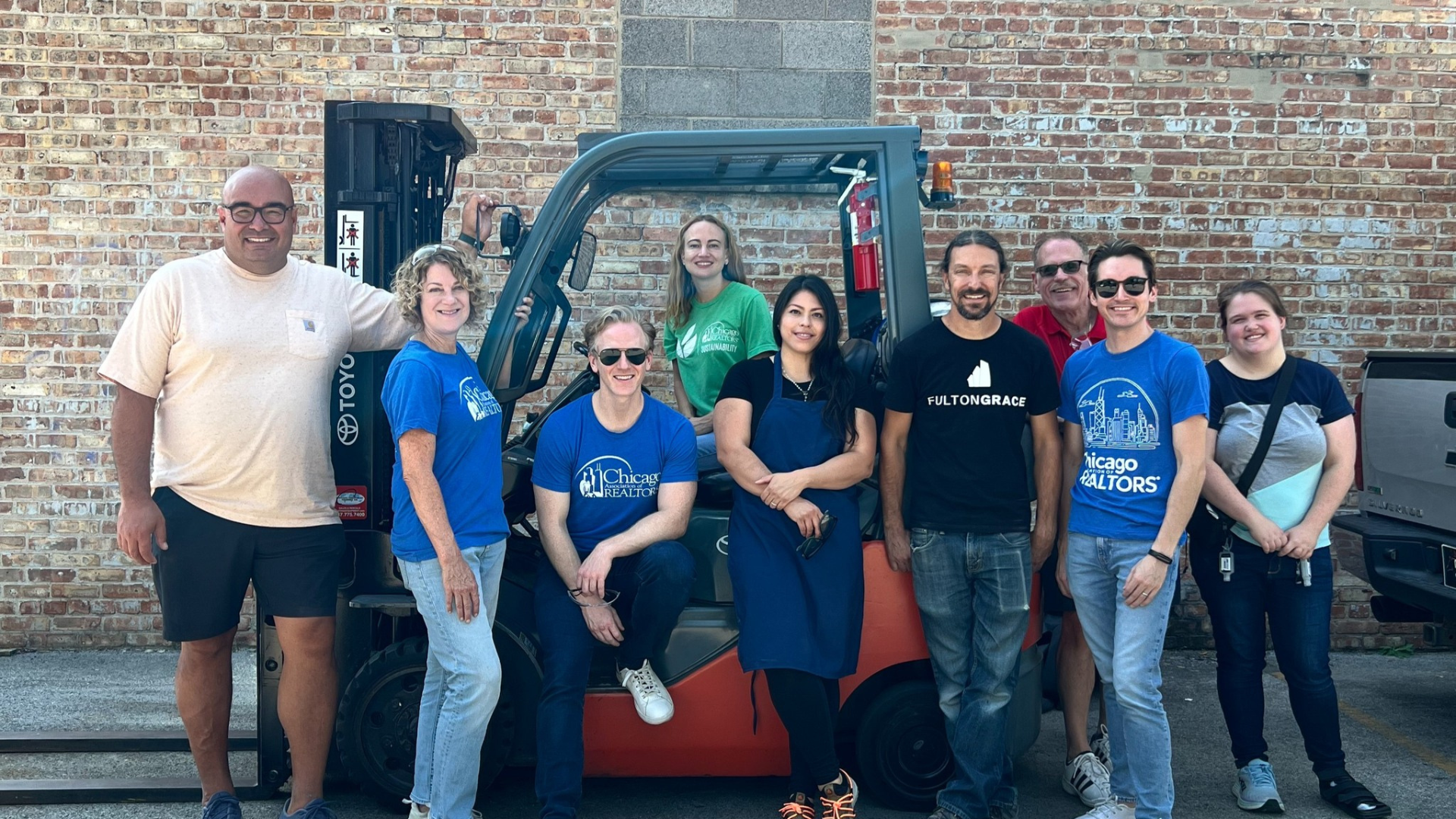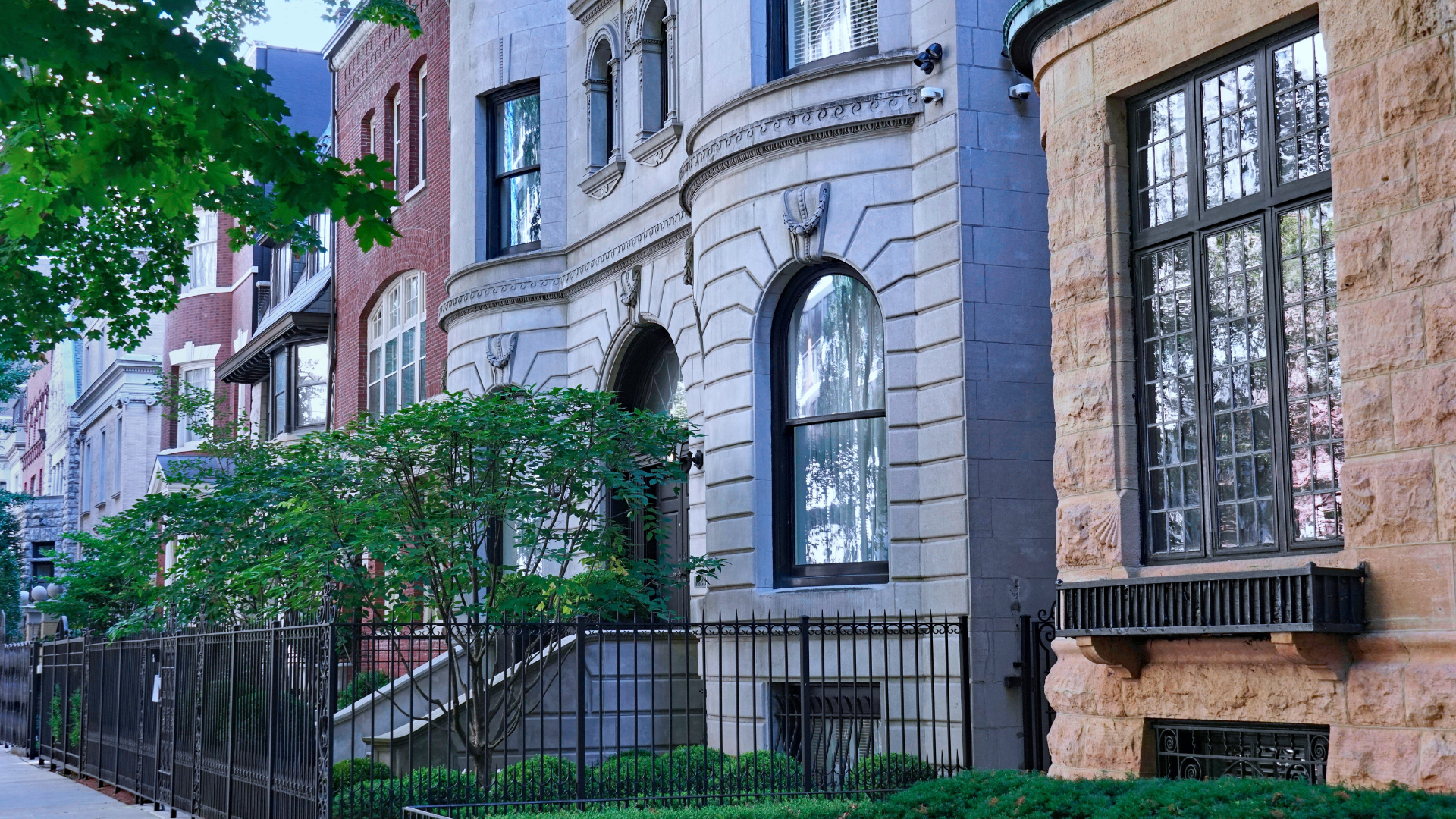5 Surprises in Korean Culture
- They drive on the right side of the road.
- Tips are a sign of disrespect, even if it is a small amount. I’ve had a taxi driver count out pennies because he wouldn’t let me let him keep extra fare.
- Most Koreans will have some knowledge of English, especially in Seoul. They might come up to you and practice. Try to listen very closely or ask them to slow down if you can’t understand.
- Respect is enormous in Korea, especially respect for elders. Their language is very reflective of this, and you will also see it during meetings.
- When handing something to a Korean (money, a piece of paper, a pen, a food item, etc.) use two hands. Or, if using one hand, put the other hand across your chest (Pledge of Allegiance style) or on the inner elbow/bicep of the arm you are using to hand the item to the recipient.
Dining Etiquette
When dining, the oldest person at the table should be the first to sit and eat. You should pour their drink, because it’s a sign of respect to pour drinks for the people around you. Again, you should pour with two hands. Many times someone will pour a glass of water for you, so it is respectful to pour their glass of water in return. When receiving the drink, you should hold the glass with two hands and tilt it slightly. Expect them to eat loudly, slurping their soup or chewing. They see it is as a sign that they are enjoying their meal! You can expect peers and colleagues to offer to buy drinks for you at the bar. It is disrespectful to decline. Splitting checks is not something most restaurants are used to, so they might have trouble with it. When dining with my friends, we usually had one person put the tab on their card and everyone gave them paper money. Also, most restaurants will give you a fork and spoon with your meal because they will assume you do not know how to use chopsticks. Most tables will have a little wooden box that has chopsticks and spoons inside. Koreans eat most of their meals communally so everyone shares the side dishes. Many restaurants will have floor seating so expect to sit on a pillow on the floor. You will find many in Seoul that will have both floor and booth seating. They will likely seat foreigners in the booths, but I recommend trying to immerse yourself in Korean culture as much as possible.Popular Food
- Kimchi – Spicy fermented cabbage. It’s not as gross as it sounds! They will give this to you at every meal– even breakfast. It’s like dinner rolls in the United States. Korean people love it and will eat it like candy. Every restaurant has their own recipe and most families will have a special recipe that’s been passed down for generations.
- Galbi – Korean bbq. This is also popular in the States but is probably my favorite meal of all time. My favorite is the pork galbi or sum-gup-sal which is basically like thick strips of bacon.
- Bi-bim-bop – It has rice, lots of veggies, a fried egg, optional meat, and hot sauce that come in a bowl and you stir together. A great lunch option.
- Kimbop – Like a sushi roll with no meat. Some of the more expensive kimbop options will have meat options. This is usually 1500-2000 wan and is a really awesome snack. Many restaurants will have a station set up where they will make it right in front of you.
- Bulgogi – Korean beef.
- Dung gaas – Fried pork cutlet with rice and gravy on top.
- Jigay – A spicy stew. Tofu jigay and kimchi jigay are very popular.
- Ramen – extremely popular in Korea. They have tons of varieties.
Money
Korean money is called Wan and is pronounced like you would say wand. An easy way to remember the currency conversion is: $1 is 1000 wan, $10 is 10,000 wan, $.50 is 500. When paying for something and you aren’t sure how much it costs, locals are very friendly and will most likely help you.Things To Do in Seoul
- Check out a baseball or soccer game. Baseball games are unlike anything you’ve ever experienced in the US. I highly recommend it. The Doosan Bears play in Seoul in Jamsil stadium, and it is easy to reach on the subway.
- The DMZ – Unsettled Peace & Pastoral Monuments of Korean History.
- Gyeongbokgung Palace – Free and easy to find.
- Itaewan – foreigner district. You can find lots of cultures in one jam packed area.
- Insadong – Nice area with lots of little souvenir shops. You can find cool traditional Korean items here.
- Dongdaemun – Well-known shopping area.
- Namdaemun – Another shopping area, mainly open 11:00 PM to 3:00 AM.
- Myeongdong Shopping Street – lots of designer and fancy stores.
- If you’re looking for an area with lots of clubs and popular restaurants/bars check out Hongdae. This area is really cool and a lot of fun!
- Seoul Tower
Helpful Phrases
Hello (technically translated to “are you well?”) – ahn-yung ha-say-yo. Expect the response to this to be naay which means “yes.” Ah knee yo means “no” (hopefully no one responds with this!). You can shorten this phrase to Ahn-yung for peers and people younger than you, but never shorten it for someone older, because it would be very disrespectful. When ordering food/drink – say the food item then speak “jew say yo” which means “please give me.” If you go out with Korean people (especially businessmen) expect them to order soju. It’s a clear rice liquor that you pour into a shot glass and shoot it. It does not taste good and is very strong. Respect the soju. It’s also very cheap, usually $5-$7 dollars per bottle at restaurants and $3-$4 at a convenience store. You can drink alcohol in public and on the streets. Many convenience stores will have tables and chairs outside where you can sit and have a drink or eat. Thank you – kahm-sah em-mee-da. Cheers – Gaambay. “Come here”- Yo gee yo. You can yell that to a server at a restaurant if you need something. Say cho gee yo – “over here” if the server is across the restaurant. “How much?” – Uhl maiyo.Phrases for Taxis
- Win choke – go left
- Ohren choke – go right
- Ch chin – means go straight. You almost say it like chin chin but the first word is really quick so like chichin.
- Yo gee yo – pull over here. Same as what you would say to a server. You can also say yo gee yo when you need to hail a cab. Hold your hand in the air and yell yo gee yo!
- Cah jew say yo – directing a cab driver. For example, if you want to go to Itaewan, the foreigner area, you would say, Itaewan cah jew say.
- Yoke – means station. So, Itaewan Station would be “Itaewan Yoke.” Take me to Itaewan Station would be Itaewan Yoke, cah jew say yo.






